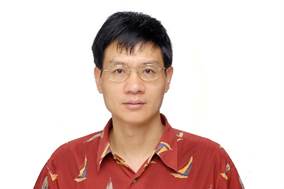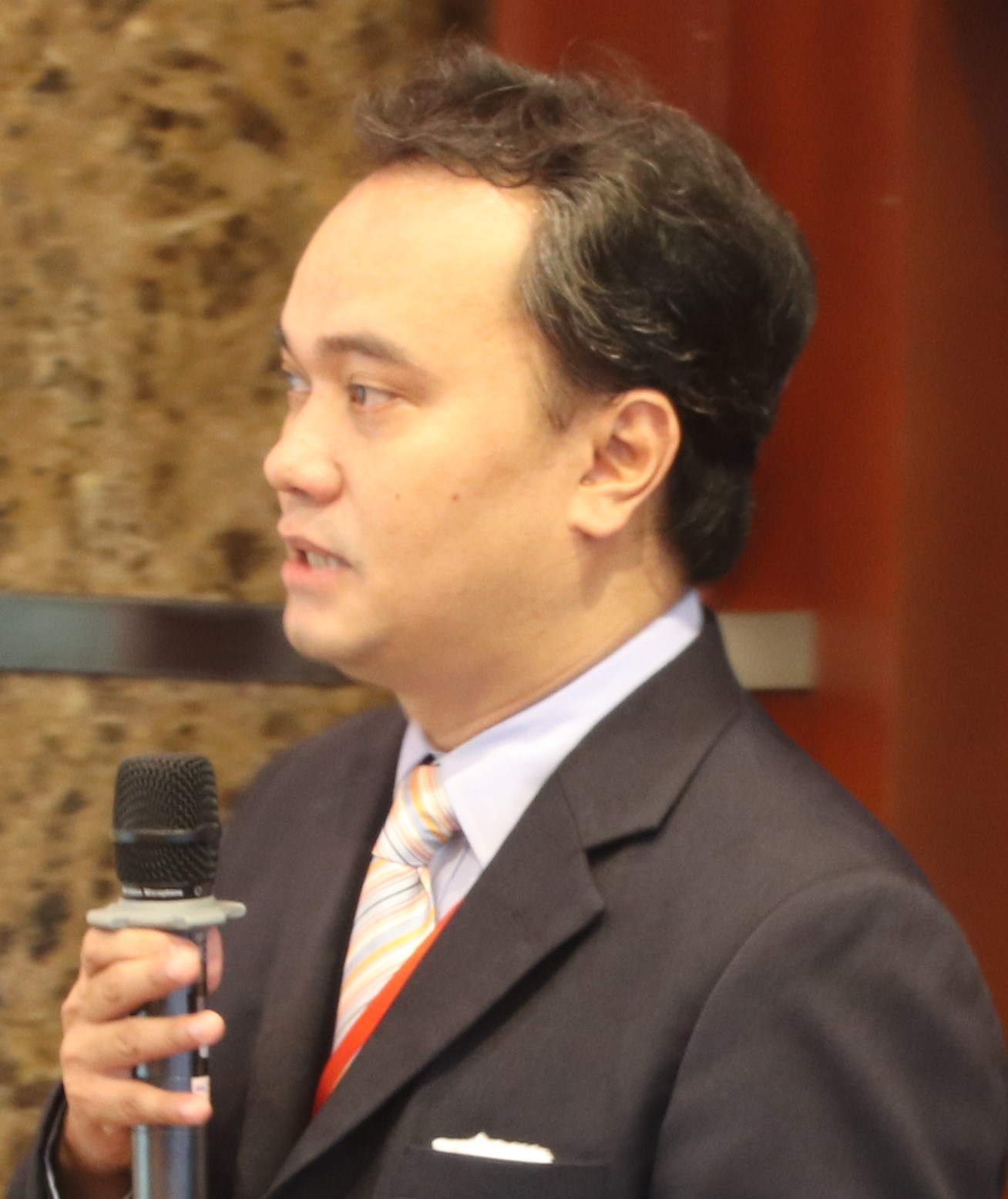
Prof. Xinguo Yu
The dean and Professor of CCNU Wollongong Joint Institute and Professor of National Engineering Research Center for E-Learning
Adjunct professor of University of Wollongong, Australia
Topic: Automatic Problem Solving for Basic Education
Abstract:
Problem solving is active in its various branch areas as a fundamental and core research area in AI. In this talk, I first explain the various areas of problem solving. Then I give some facts on automatic theorem proving and on 4-colour theorem. Next, I present some advances on automatic problem solving for basic education. Last, I introduce the applications of algorithms in problem solving into intelligent systems and devices for the basic education.

Assoc. Prof. Xiang Zhou
School of Data Science, City University of Hong Kong, China
Topic: Machine Learning and Control Theory
Abstract:
In this talk, I will present some general ideas and specific algorithms on the emergent boundary of machine learning and optimal control from theoretic and numerical aspects. We review how the the curse of dimensionality in the practical computation for control problems can be alleviated to some extent with the help of techniques from machine learning. I introduce the recent ongoing joint work with Alain Bensoussan and Phillip Yam about a new numerical method for computing the gradient of the value function.

Dr. Deepak Kumar Jain
School Of Automation, Chongqing University of Posts and Telecomunications, Chongqing, China
Topic: To be added...
Abstract:To be added...

Dr. Badrul Hisham bin Ahmad
Universiti Teknikal Malaysia Melaka / Faculty of Electronics and Computer Engineering, Malaysia
Topic: Design and Development of VHF FRONT-END for lightning interferometer system
Abstract:VHF emission from lightning has been detected recently, but the problem with the current system, the bandwidth is narrow, so for the signal processing part it is very difficult to identify the phase shifting or phase delay of the 3 signals from the interferometer. VHF emission is believed to be associated with electron avalanches breakdown process, so in order to detect (VHF emission and VHF radiation) with broad bandwidth we need to design LNA & BPF with more efficient, which means high gain but at the same time, not sacrifice the linearity of the LNA and the flatness of BPF. The LNA designed from 10 MHz up to 450 MHz, 2 BPFs are designed from 10MHz to 80MHz at low VHF band and from 110 to 400MHz at high VHF band because there is FM radio range from 80MHz to 110MHz in Malaysia. The receiver antennas range from 10 MHz up to 450 MHz with high gain and Omni directional will also be design for the system. VHF interferometer system is used to analyze and verify the (VHF) radiation emission at VHF band associated with Cloud to Ground flashes (CGs), Intra-cloud flashes (ICs) and Narrow Bipolar Events (NBEs), having knowledge and understanding of how Cloud to Ground flashes (CGs), Intra-cloud flashes (ICs) and Narrow Bipolar Events (NBEs) radiate at VHF, using the information from the VHF radiation from lightning discharges, better lightning protection can be developed.





